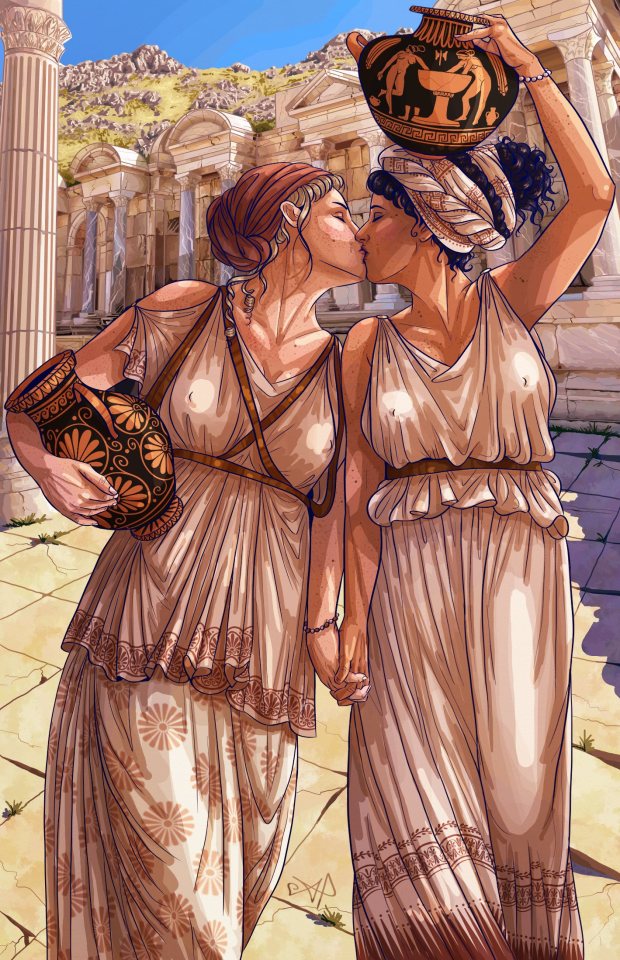Text
ancient sumerian little girl kicking her legs up in her bedroom imprinting images of gilgamesh and enkidu kissing on her cuneiform clay tablet and then taking it to her mom to bake and preserve it
30K notes
·
View notes
Text
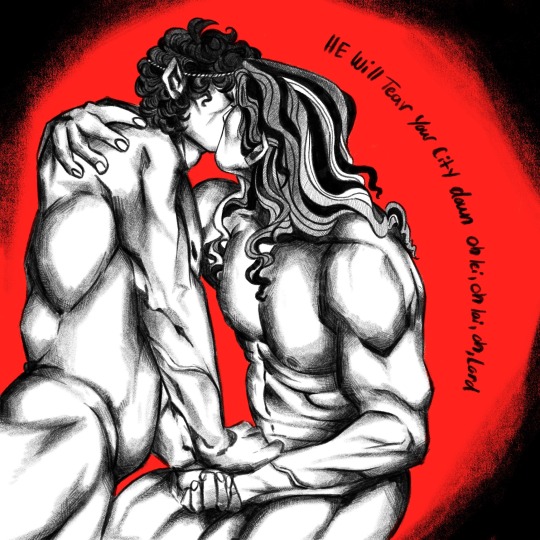
He will tear your city down oh lei, oh lai, oh, lord
28 notes
·
View notes
Text

Bronze helmet with gold wreath, Etruscan, 325-300 BC
from The Louvre
315 notes
·
View notes
Text




Ancient Maya painting in the Temple of the Murals, Bonampak, Mexico. Dating to around 790 CE.
This precisely and elegantly rendered scene depicts a ritual costumed dance.
A masked group of gods and aquatic animals reenact a myth with themes of fertility and transformation. Water lilies sprout from their headdresses and limbs. Two deities exchange an ear of maize, representing the act of creation and the seed of future rebirth. To the left, court musicians play large wooden trumpets to heighten the drama of the scene.
The moment of transfiguration from human to crocodile is suggested by the two sitting male figures, the first of which wears an elaborate, theriomorphic white headdress. He is also adorned with a bulbous jade necklace whose form is echoed in the scales of the crocodile mask to which he points.
To the right, a dancer representing a crayfish raises his arms in a dramatic gesture. The final figure, likely a deity, wears a skull-like mask and water-lily headdress with a fish. He holds a white tunkul , a wooden slit drum still played today in many areas of Central America.
247 notes
·
View notes
Text
Important picture... I love these guys


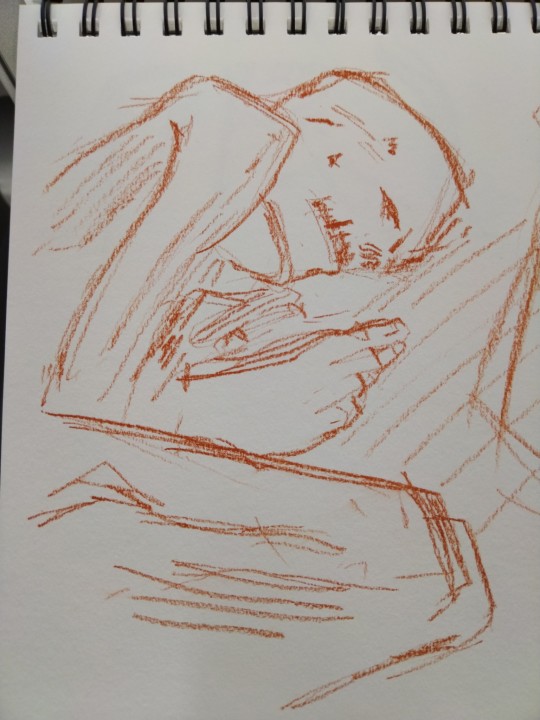
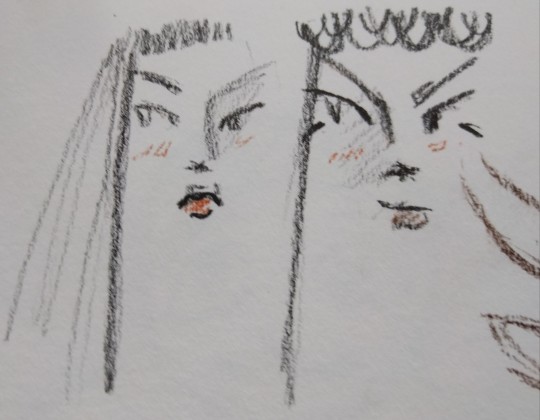

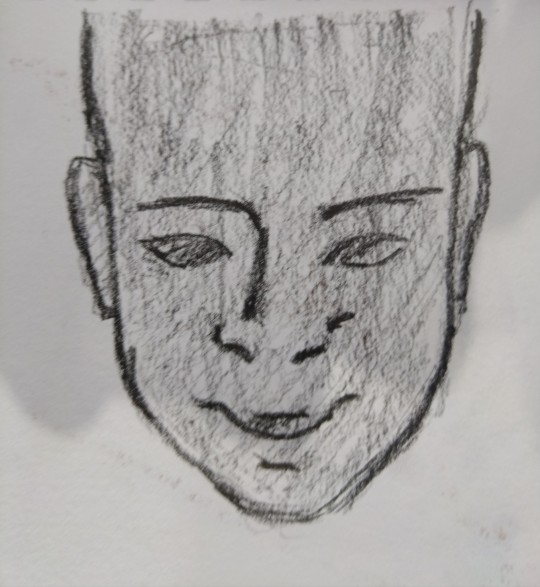
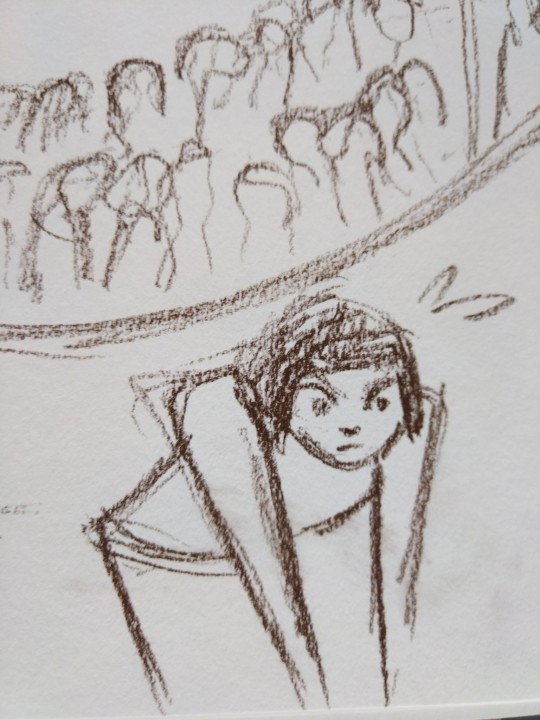

Doodles from the egyptian museum in turin! It was too big to visit in one day i have to go back
2 notes
·
View notes
Text






Doodles from the egyptian museum in turin! It was too big to visit in one day i have to go back
2 notes
·
View notes
Text
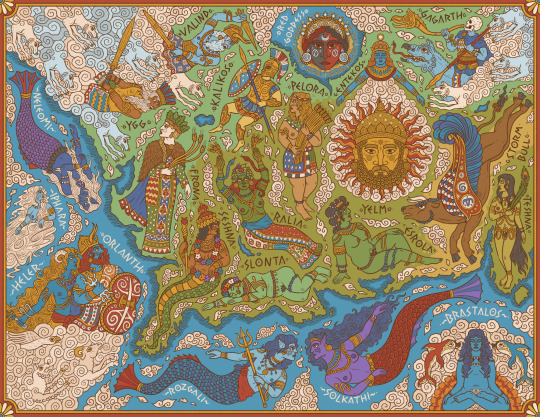
A map of central and western Genertela, showing the major deities of Earth, Sea, and Air.
One of my pieces for Martin Heldson's brilliant Ships & Shores, which you should definitely check out and includes high-res labelled and unlabelled version of this and other maps.
158 notes
·
View notes
Text
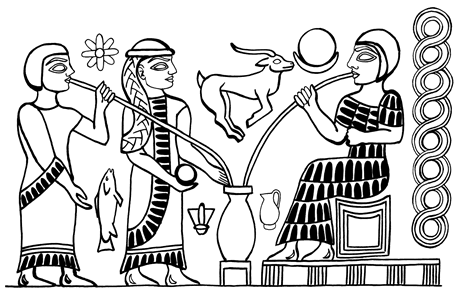
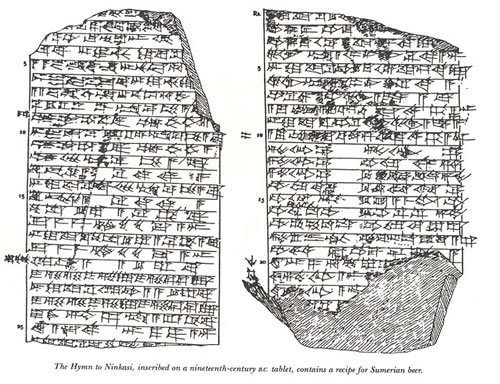

The Hymn of Ninkasi
The Ancient Sumerians loved their beer. In fact they loved their beer so much that thousands of years later ancient recipes and artwork depicting beer making and beer drinking survive to this day. Many of these recipes are being recreated and brewed thousands of years later by crafted breweries today. They drank it for ceremonial and religious reasons, they drank it for nutritional reasons, and they drank it for the same reasons we drink it today. You know ... to get pissed.
The Sumerians were so serious about their beer that they had their own deity devoted to the beverage named Ninkasi. Ninkasi was the goddess of beer and alcohol, who brewed the beverage daily to to “satisfy the desire” and “sate the heart.” One of the earliest known devotions to Ninkasi was a hymn written on clay tablets dating to 1800 BC. Called “The Hymn to Ninkasi” it was more than just a devotional script or prayer, it was a recipe and procedure for brewing, written as a poem so that it would be easy to remember in an age when most people were illiterate. The beer that was produced was a very sweet beverage with around 3.5% alcohol by volume, created by brewing with malt and a twice baked honey bread (bappir) that had the taste and consistency of granola. It would have been very sweet compared to modern beer as the Sumerians lacked hops which gives the bitter flavors of beers today. Traditionally the beer was stored in clay pots and sipped using long drinking straws to filter out left over particulates.
The Hymn of Ninkasi
Borne of the flowing water,
Tenderly cared for by the Ninhursag,
Borne of the flowing water,
Tenderly cared for by the Ninhursag,
Having founded your town by the sacred lake,
She finished its great walls for you,
Ninkasi, having founded your town by the sacred lake,
She finished it’s walls for you,
Your father is Enki, Lord Nidimmud,
Your mother is Ninti, the queen of the sacred lake.
Ninkasi, your father is Enki, Lord Nidimmud,
Your mother is Ninti, the queen of the sacred lake.
You are the one who handles the dough [and] with a big shovel,
Mixing in a pit, the bappir with sweet aromatics,
Ninkasi, you are the one who handles the dough [and] with a big shovel,
Mixing in a pit, the bappir with [date] - honey,
You are the one who bakes the bappir in the big oven,
Puts in order the piles of hulled grains,
Ninkasi, you are the one who bakes the bappir in the big oven,
Puts in order the piles of hulled grains,
You are the one who waters the malt set on the ground,
The noble dogs keep away even the potentates,
Ninkasi, you are the one who waters the malt set on the ground,
The noble dogs keep away even the potentates,
You are the one who soaks the malt in a jar,
The waves rise, the waves fall.
Ninkasi, you are the one who soaks the malt in a jar,
The waves rise, the waves fall.
You are the one who spreads the cooked mash on large reed mats,
Coolness overcomes,
Ninkasi, you are the one who spreads the cooked mash on large reed mats,
Coolness overcomes,
You are the one who holds with both hands the great sweet wort,
Brewing [it] with honey [and] wine
(You the sweet wort to the vessel)
Ninkasi, (…)(You the sweet wort to the vessel)
The filtering vat, which makes a pleasant sound,
You place appropriately on a large collector vat.
Ninkasi, the filtering vat, which makes a pleasant sound,
You place appropriately on a large collector vat.
When you pour out the filtered beer of the collector vat,
It is [like] the onrush of Tigris and Euphrates.
Ninkasi, you are the one who pours out the filtered beer of the collector vat, It is [like] the onrush of Tigris and Euphrates.
300 notes
·
View notes
Text

Bronze phrygian type helmet, Greece, circa 350-300 BC
from Christies
165 notes
·
View notes
Text
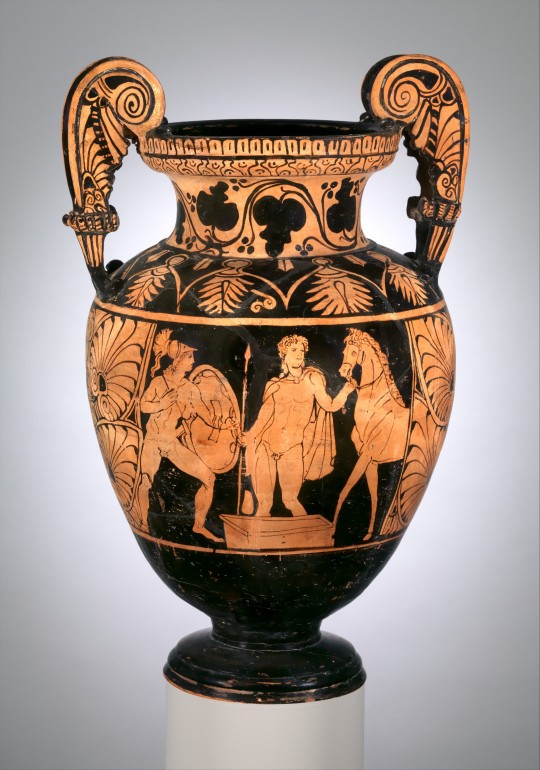

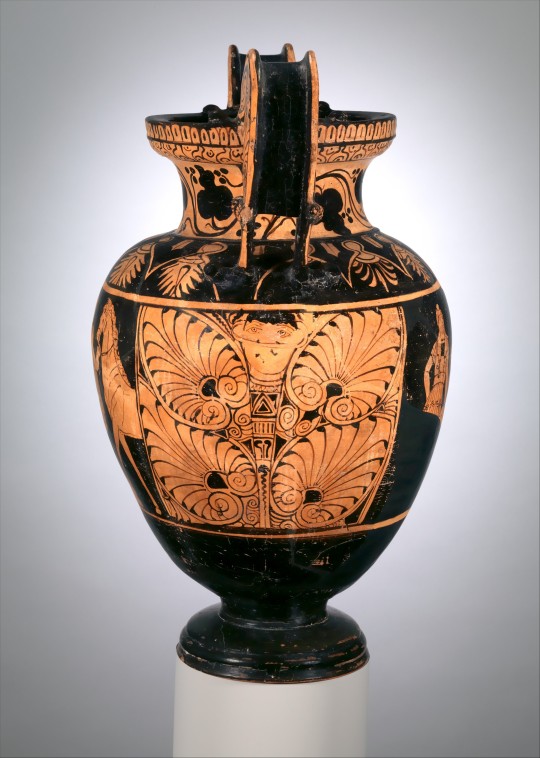
Terracotta volute krater, Etruscan, 340-300 BC
from The Metropolitan Museum of Art
159 notes
·
View notes
Text
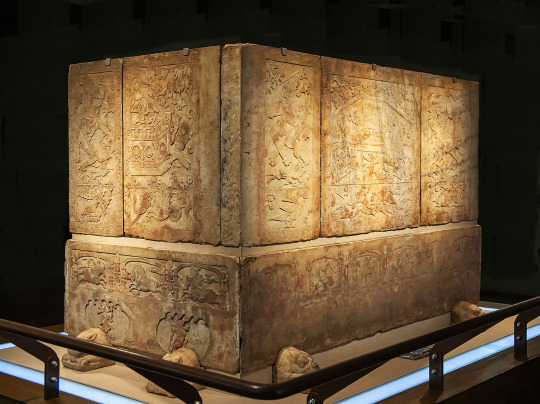

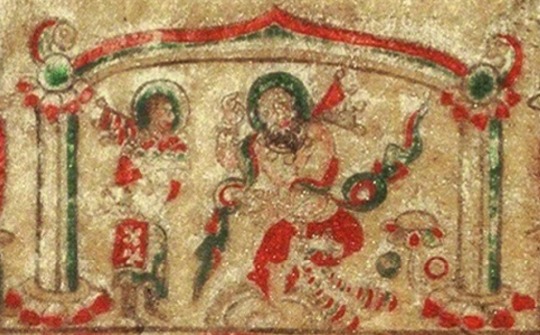

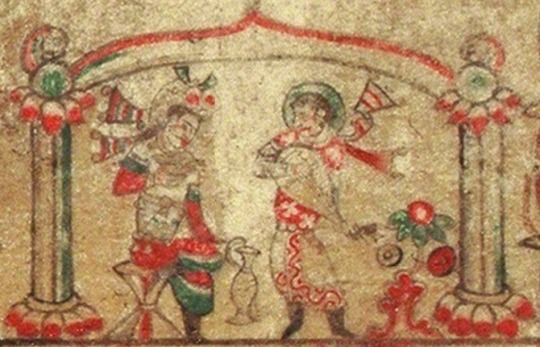




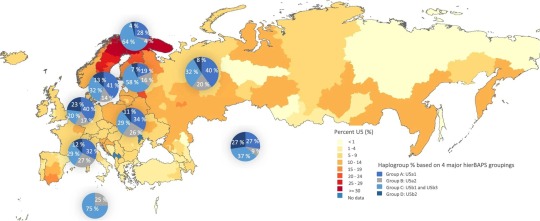
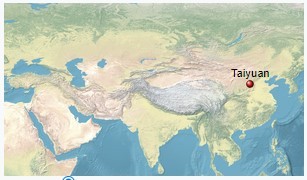
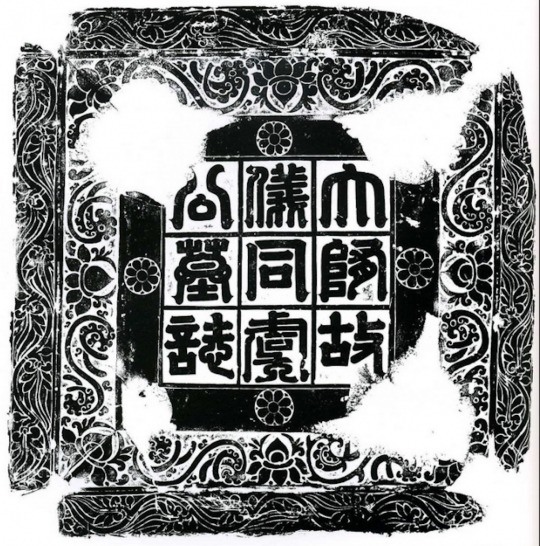
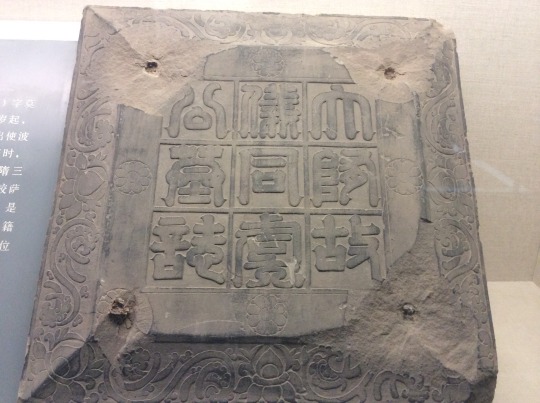

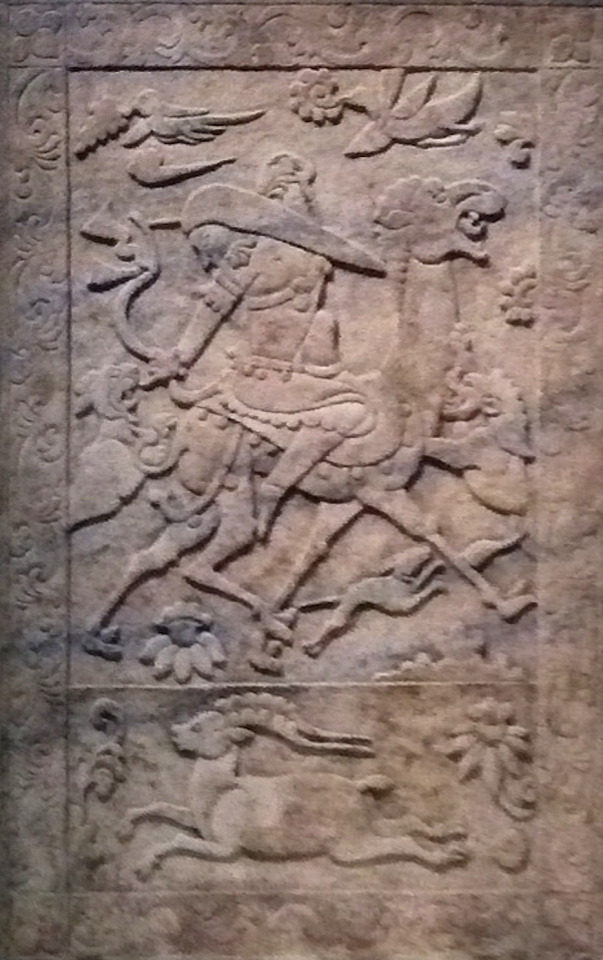
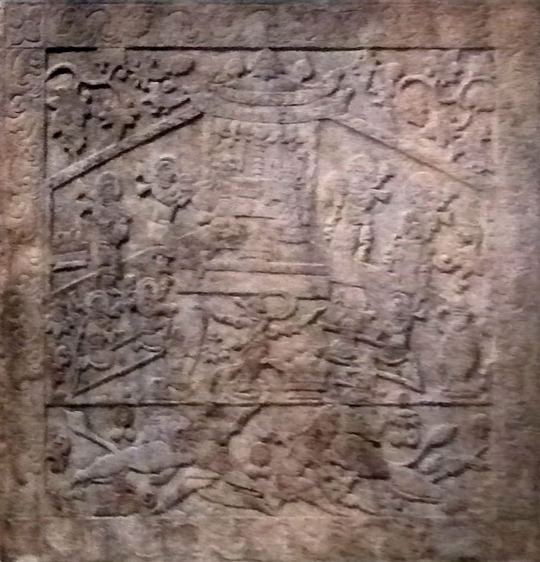
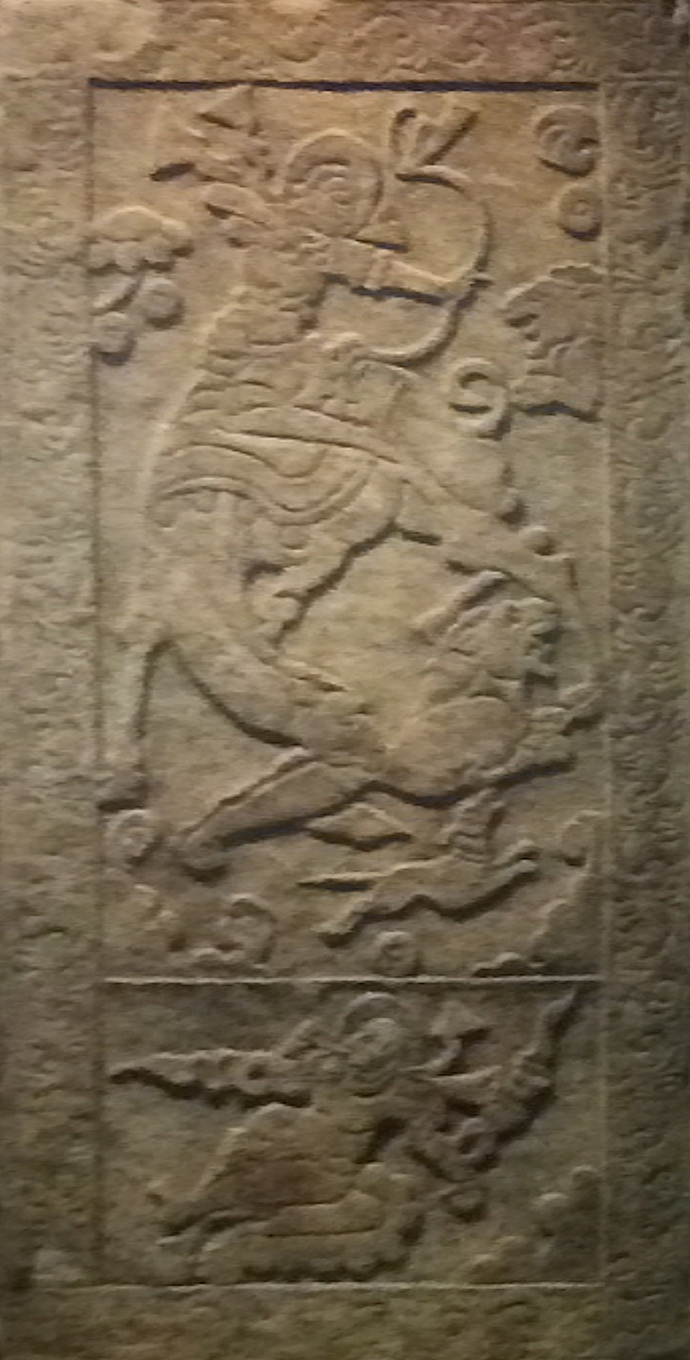
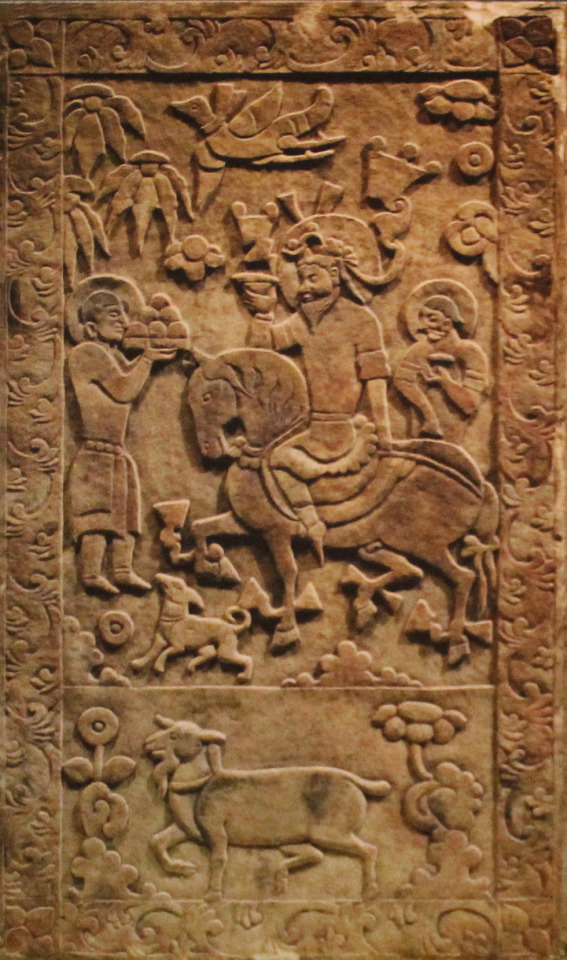
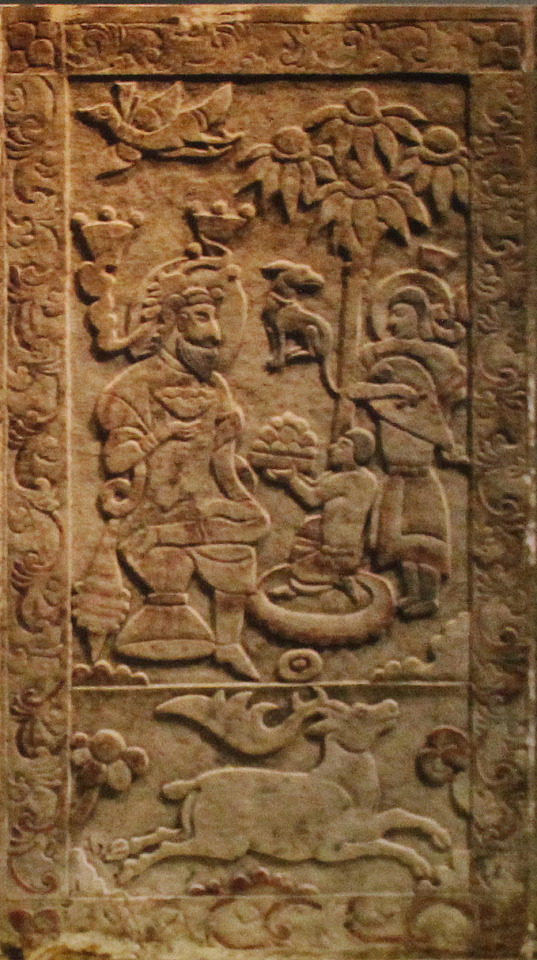
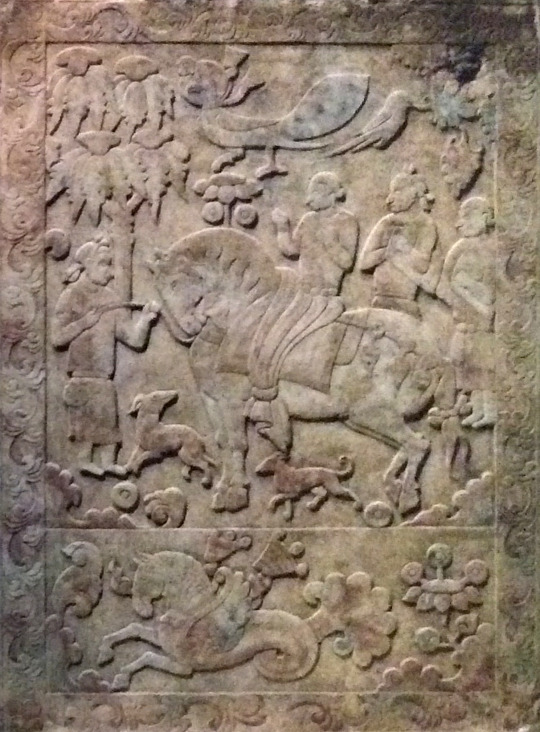
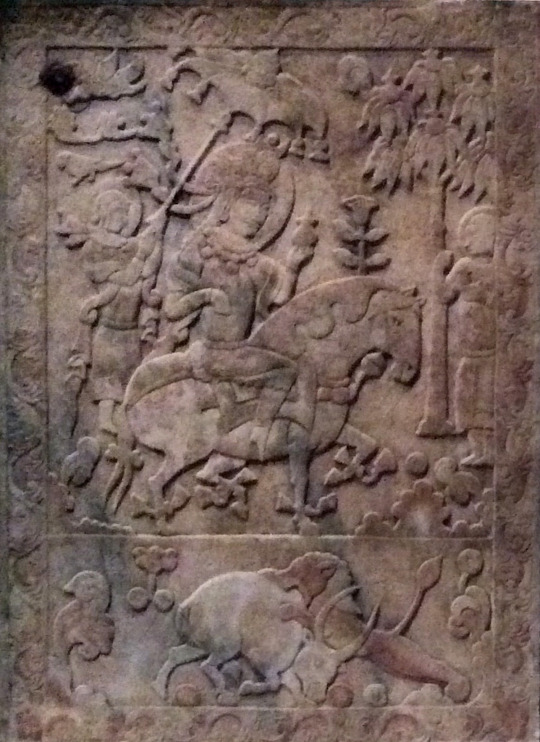
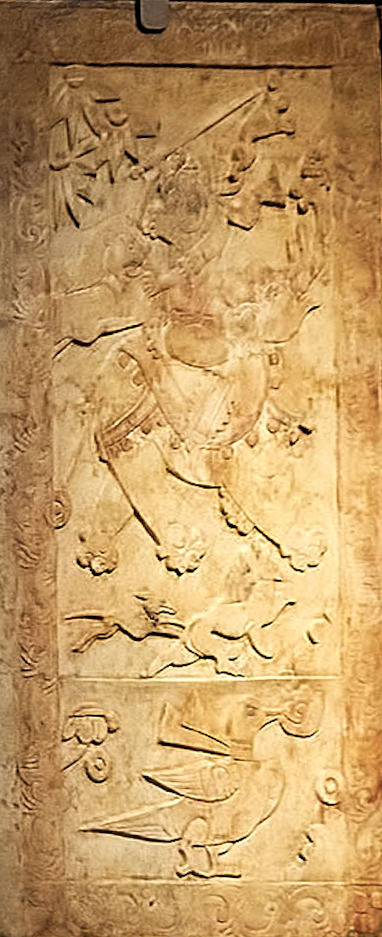
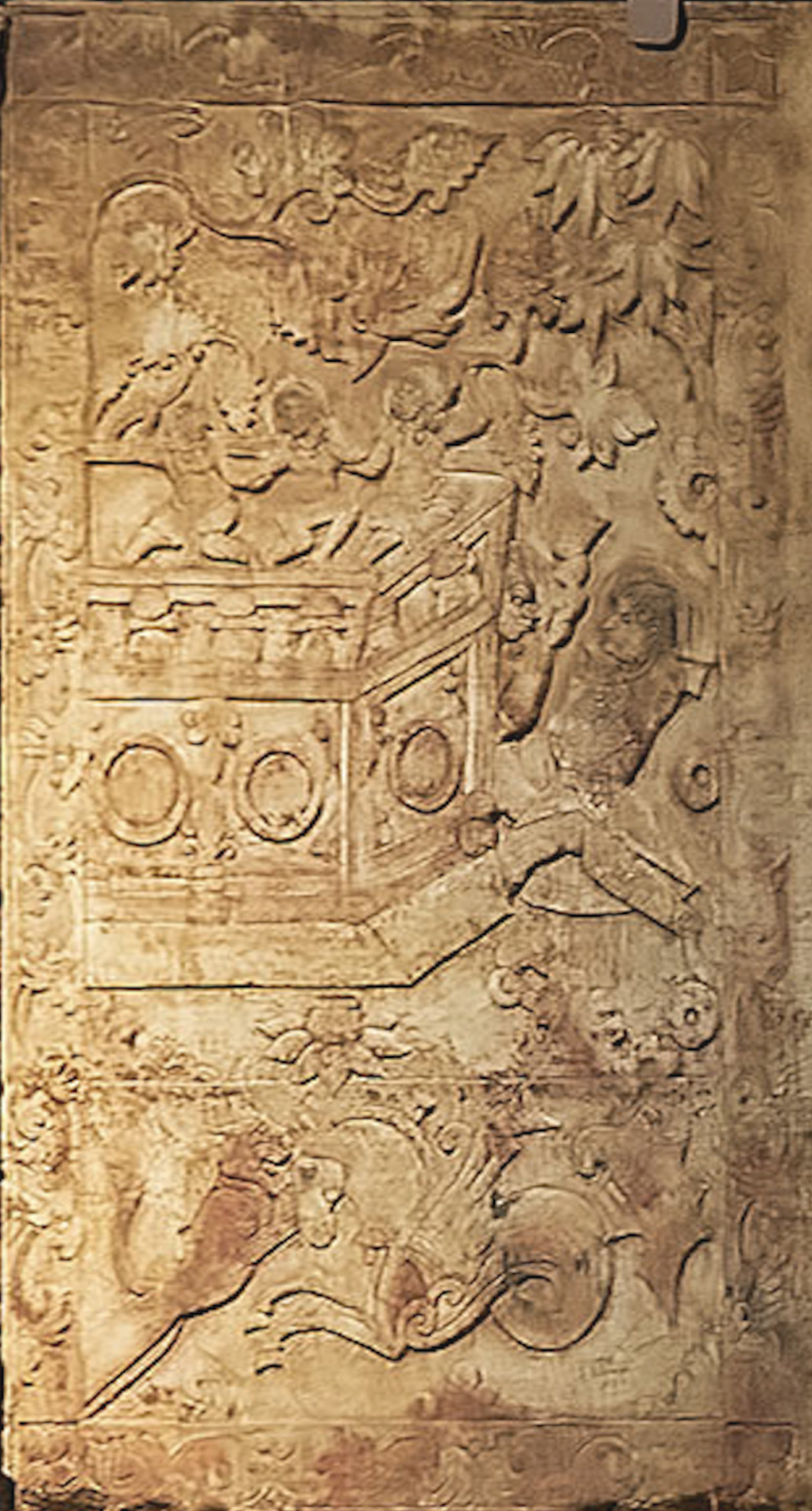

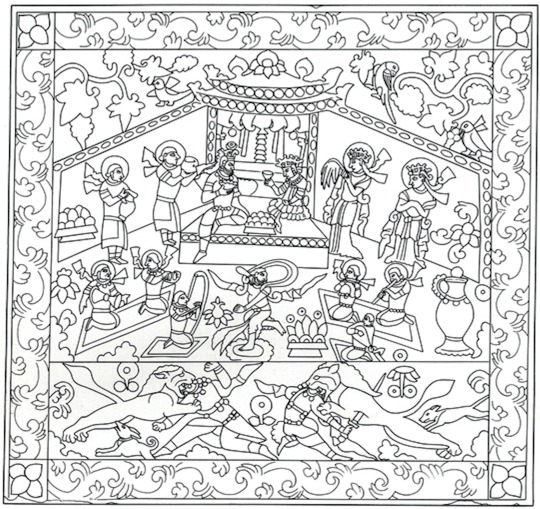
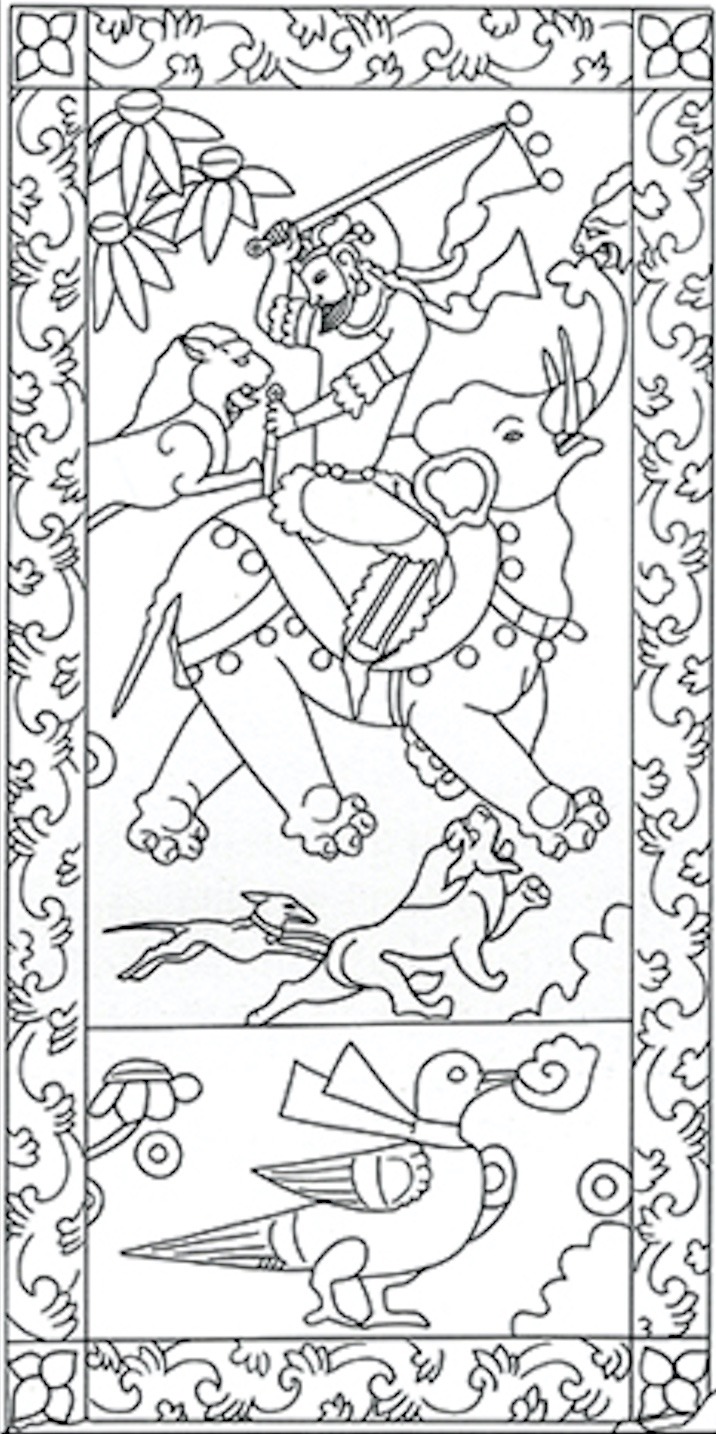
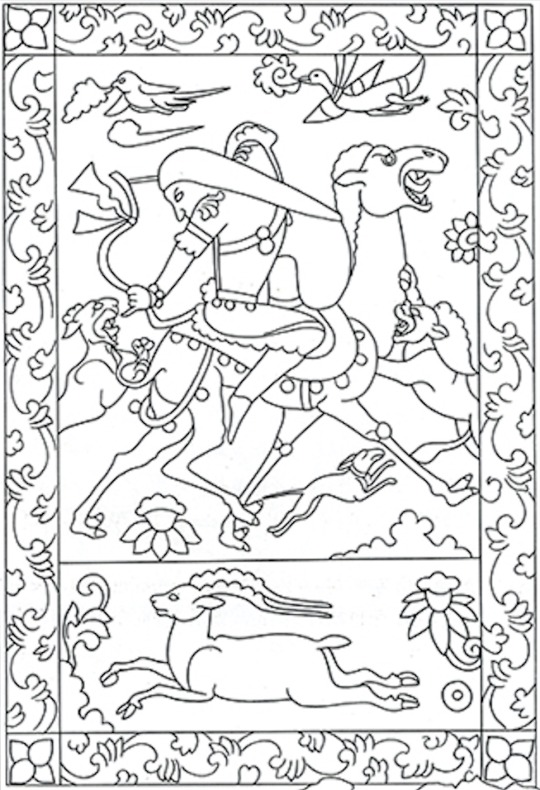



Tomb of Yu Hong 592-598 CE. Link to my blog at bottom with more sources and description of individual images.
This is probably a Sogdian tomb. Interestingly, the man has a haplogroup that was widespread amongst the blue-eyed Mesolithic/Neolithic Western Hunter Gatherers (WHG are probably where blue eyes originated from) and the haplogroup is found today most prominently in Sami, Finns, and Estonians. His wife has a haplogroup found prominently amongst East Asians. Based on her East Asian origins and the inclusion of some Turkic-looking people in the tomb's artwork I would assume she was probably a Turk, herself. The long-haired men without halos (e.g. panel 4) are probably Turks, that was a typical appearance for them during this time period. Men from other surrounding populations such as the Sogdians, Huns, Tocharians, etc. typically kept shorter hair that didn't go past their shoulders. More info:
"The man buried in the tomb went by Yu Hong (Chinese: 虞弘; pinyin: Yú Hóng; Wade–Giles: Yü Hung; 533–592 AD), with Mopan (莫潘) as his courtesy name, who was a Central Asian, probably of Persian or Sogdian origin, and practiced Zoroastrianism. He had settled in Early Middle Period China during the Northern Qi, Northern Zhou and Sui dynasties. This tomb is so far the only archaeological find in the Central Plains region that reflects Central Asian (Western Regions) culture. The epitaph found in the tomb records that he was a noble of the city of Yü-ho-lin / Yuhelin (尉紇驎) in the mysterious Yu country (魚國), assumably for which he is named, because the two characters 虞 and 魚 are homophones.
According to the epitaph, Yu Hong started his career in service of the nomadic tribe at the time, known as Ruru. At the age of 13, he was posted as an emissary to Persia by the Khagan of Ruru, as well as Parthia, Tuyuhun and Yuezhi. Later he went on a mission to the Northern Qi, Northern Zhou and Sui dynasties. He served as chien-chiao sa-pao fu / jianjiao sabao fu (檢校薩保府, lit. “acting director of the office of Zoroastrian affairs”, or “Sogdian affairs”) during the Northern Zhou period. The term sa-pao / sabao (薩保) comes from the Sogdian s′rtp′w, means a “caravan leader”.
He had later served as a provincial governor in the Sui dynasty government, a chieftain of the Central Asian people who had settled in China during that period. Yu Hong died at the age of 59 in 592 AD. His wife survived him by six years, and was buried in the same grave in 598 AD.
A study on ancient DNA reveals that Yu Hong belonged to the haplogroup U5, one of the oldest western Eurasian-specific haplogroups, while his wife can be classified as haplogroup G, the type prevalent in East Asia.
The age of U5 is estimated at between 25,000 and 35,000 years old, roughly corresponding to the Gravettian culture. Approximately 11% of Europeans (10% of European-Americans) have some variant of haplogroup U5.
U5 was the predominant mtDNA of mesolithic Western Hunter Gatherers (WHG) [this is where blue eyes probably originated from].
U5 has been found in human remains dating from the Mesolithic in England, Germany, Lithuania, Poland, Portugal, Russia, Sweden, France and Spain. Neolithic skeletons (~7,000 years old) that were excavated from the Avellaner cave in Catalonia, northeastern Spain included a specimen carrying haplogroup U5.
Haplogroup U5 and its subclades U5a and U5b today form the highest population concentrations in the far north, among Sami, Finns, and Estonians. However, it is spread widely at lower levels throughout Europe. This distribution, and the age of the haplogroup, indicate individuals belonging to this clade were part of the initial expansion tracking the retreat of ice sheets from Europe around 10,000 years ago.
U5 was the main haplogroup of mesolithic European hunter gatherers. U haplogroups were present at 83% in European hunter gatherers before influx of Middle Eastern farmer and steppe Indo-European ancestry decreased its frequency to less than 21%.
Today, haplogroup G is found at its highest frequency in indigenous populations of the lands surrounding the Sea of Okhotsk. It is an East Asian haplogroup. Haplogroup G is one of the most common mtDNA haplogroups among modern Ainu, Siberian, Mongol, Tibetan and Central and North Asian Turkic peoples people (as well as among people of the prehistoric Jōmon culture in Hokkaidō). It is also found at a lower frequency among many other populations of East Asia, Central Asia, Bangladesh, Sri Lanka, and Nepal. However, unlike other mitochondrial DNA haplogroups typical of populations of northeastern Asia, such as haplogroup A, haplogroup C, and haplogroup D, haplogroup G has not been found among indigenous peoples of the Americas."
-taken from Wikipedia
130 notes
·
View notes
Text

Bronze fangyi (Wine vessel), China, 12th century BC
from The Cincinnati Museum of Art
235 notes
·
View notes
Text
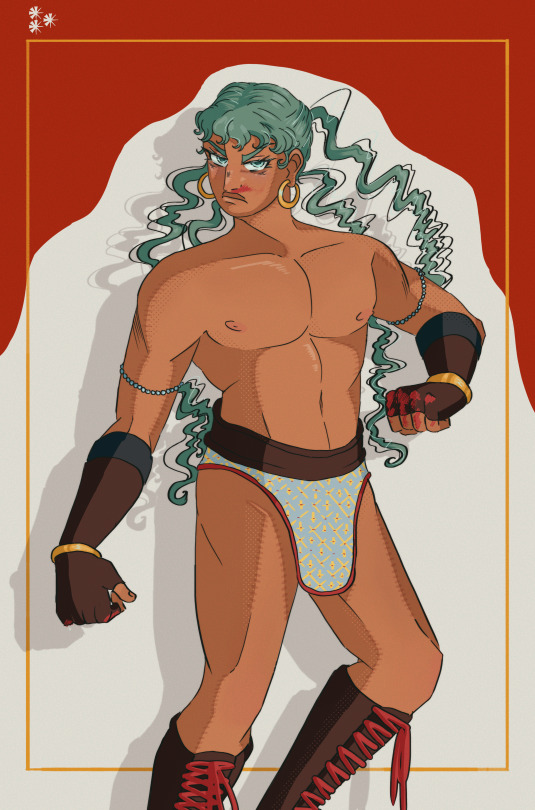
minoan character..... id like to write more about him one day :3
illustration inspired by:

15 notes
·
View notes
Text



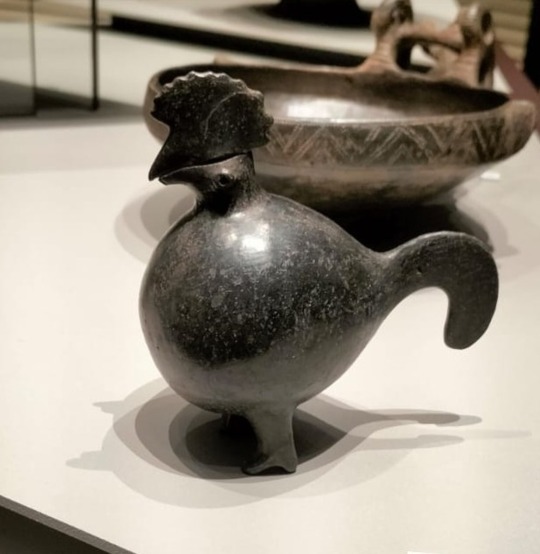

(have some pictures me and my friend took too)
Etruscans :-)
Some doodles i did in the fondazione luigi rovati in milano



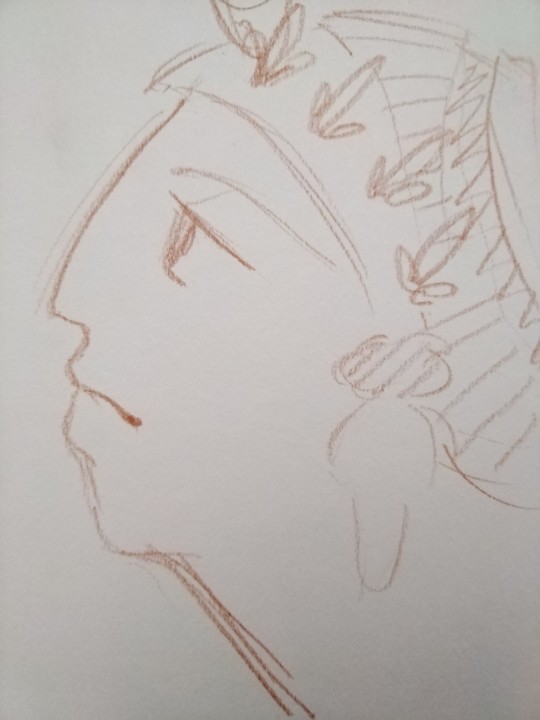

41 notes
·
View notes
Text
Etruscans :-)
Some doodles i did in the fondazione luigi rovati in milano





41 notes
·
View notes
